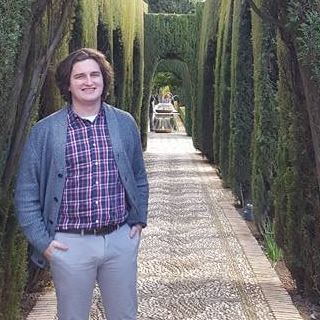
A two hour flight from Quito, I landed in an airport surrounded by cactuses and nothing else with-in my eyes' reach. A short water taxi ride across a narrow channel brought me to Santa Cruz, the most populated island of the Galápagos. The islands were not touched by man until the 16th century, and then they were nearly destroyed after centuries of misuse. The desert landscape is not what I expected as I drive into Puerto Ayora, but as I get to the beach the beauty of the landscape is fully laid out.
Sights and sensations

The water sparkles transparent and aquamarine. The waves lap up onto the black rocks along the coastline, which give way to small forests of shrubs, trees, and cacti. I slowly trekked along the water front with the equatorial sun beating down on me. En route to my Machu Picchu and Galapagos tour I saw a congress of pelicans, iguanas, and sea lions lazily waiting on the docks and in the man-grove trees for the local fishermen to neglect the fresh catch on sale.
Charles Darwin Research Centre
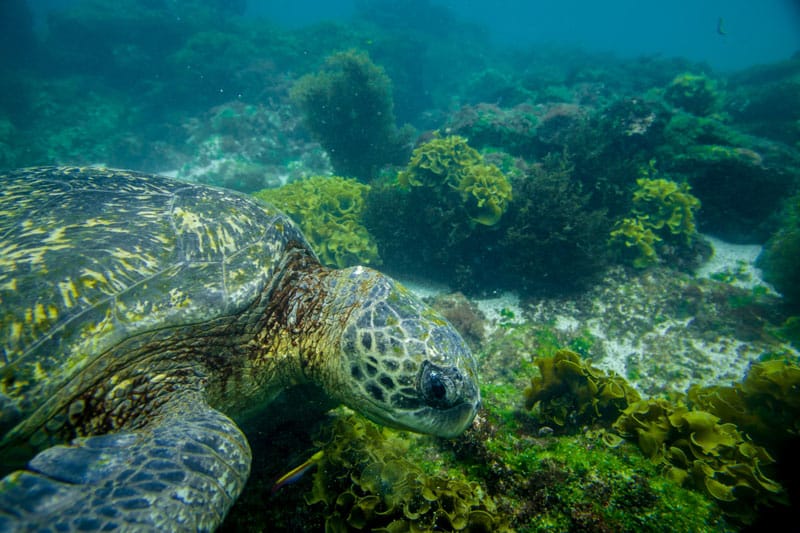
I made my first stop at the Charles Darwin Research Centre because my fingers were itching to snap some shots of the famous Galapagos Tortoises. The Research Centre works to stabilize the populations of the species of these animals found on all of the different islands. From eggs to adulthood, they are studied and cared for by the staff.
Advice from a local
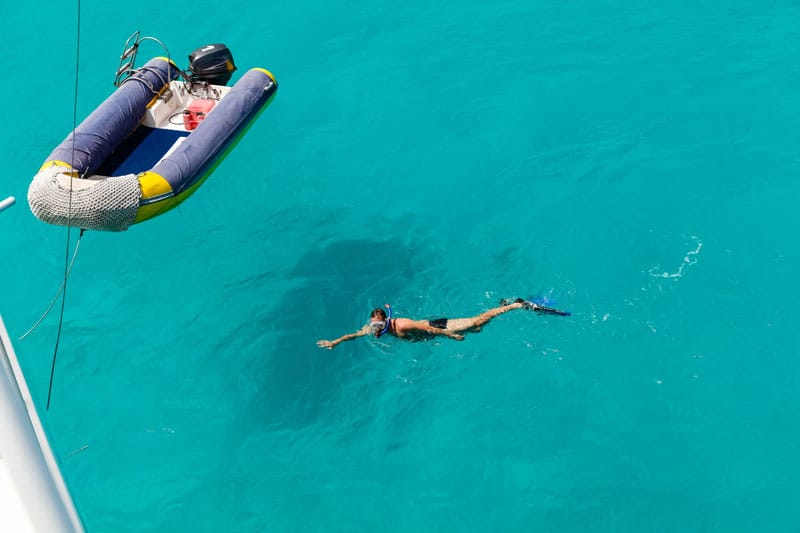
As I meandered back through the town to my hotel, I stopped in a local travel agency to see what excursions might be available last minute. I am not much of a swimmer, so I was trying to find something that involved more hiking, but the agent behind the counter looked directly in my eyes and said, "If you come to the Galapagos and you do not snorkel, did you even come at all?" I was grateful for her challenge because it became the highlight of my Galapagos trip.
Underwater adventure
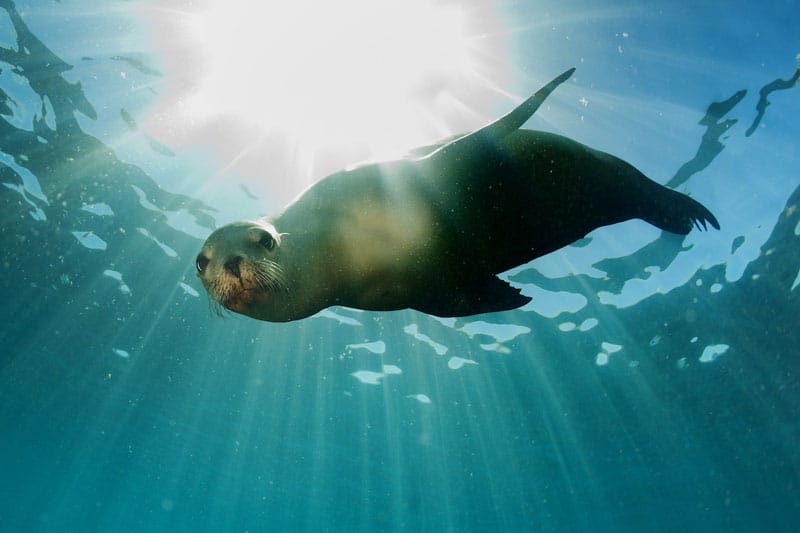
I boarded a small boat that was set to do a cruise around the island and included multiple oppor-tunities for snorkelling in different types of locations. I never thought that I would be able to say that I swam bumping into sea turtles, marine iguanas, sea lions, and a rainbow array of fish. Now, thanks to a snug life jacket and snorkelling mask, I have seen the completely different world underneath the water. It put into perspective that the islands are part of an underwater mountain range as I navigated around barnacle covered peaks not visible from the surface.
An amazing end to the day
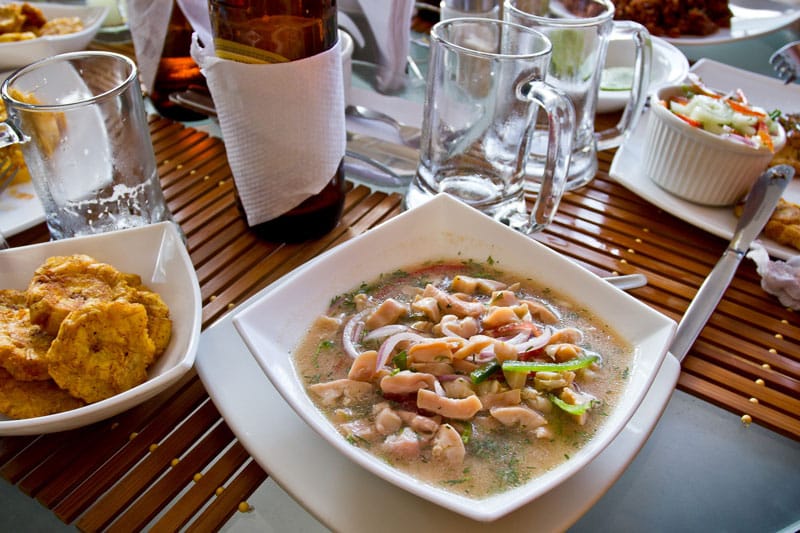
As the sun set, I rinsed the salt water from my hair whilst the sounds of the town floated in through the window. The activity of the afternoon left me famished, so I wanted to find something both affordable and substantial. I stumbled upon a street known as Los Kioskos, or the kiosks, where small restaurant fronts close the street at night and fill it with long tables where strangers sit together eating the fish I had seen for sale that morning. In the heat of a summer night in Feb-ruary, everything came together breaking bread with people from all over the world. Here was a place where life both human and animal were appreciated. I only stayed a short time, but I am already planning what to do next time the Galapagos pull me back in.
